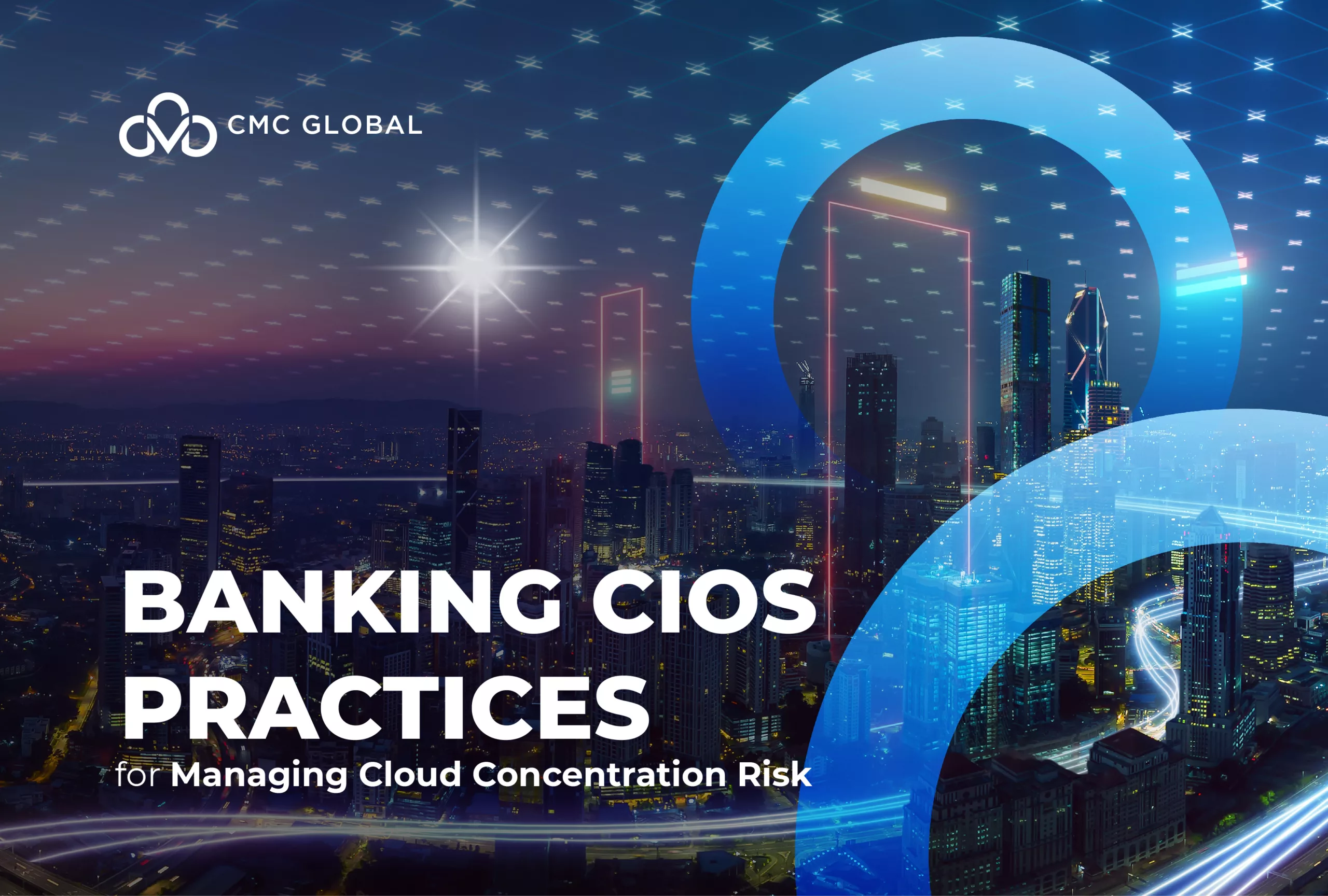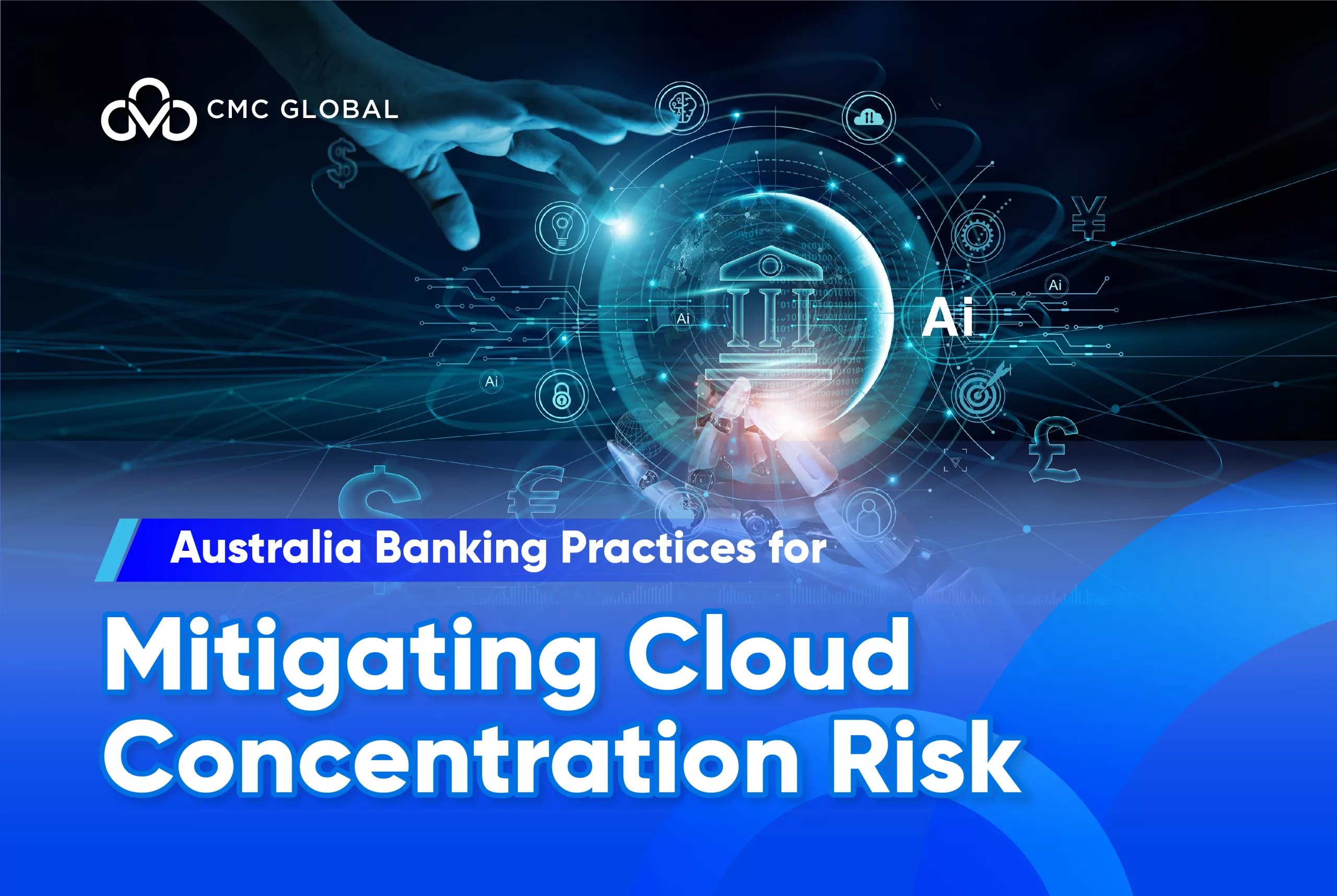What are Cyber Security and Cloud Computing
What is Cyber Security?

Cybersecurity, or information security, is the practice of protecting computer systems, networks, and data from unauthorized access, attacks, damage, or theft. Its primary objective is to ensure the confidentiality, integrity, and availability of information technology resources.
In the digital age, where businesses, governments, and individuals heavily depend on technology, cybersecurity is crucial to safeguard sensitive information and maintain the functionality of structures.
What is Cloud Computing?

Cloud computing refers to the delivery of computing services, including storage, processing power, and diverse applications, over the internet. Instead of counting on a local server or a personal computer to handle these tasks, cloud computing enables customers to access and utilize resources hosted on remote servers.
Common examples of cloud computing services include Amazon Web Services (AWS), Microsoft Azure, Google Cloud Platform (GCP), and various SaaS-applications like Google Workspace and Microsoft 365. Cloud computing has become a foundational technology for businesses, providing cost-effective solutions, scalability, and ease of access to a wide range of computing resources.
Importance of Cyber Security in Cloud Computing

Data protection
Securing Sensitive Information: In the cloud, data is stored and processed remotely, making robust cybersecurity measures crucial for protecting sensitive information. Encryption, access controls, and regular audits are crucial components to prevent unauthorized access and safeguard data integrity.
Risk Mitigation against Breaches: Cybersecurity in the cloud includes implementing measures to mitigate the risk of data breaches. This includes continuous monitoring, threat detection, and response mechanisms to promptly address and neutralize potential security threats.
Maintaining customers’ trust
Confidentiality and Privacy Assurance: Customers entrust their data to cloud service providers, expecting a high level of confidentiality and privacy. Cybersecurity practices instill confidence via ensuring that customer data is handled responsibly, lowering the risk of data exposure or misuse.
Transparent Communication: Demonstrating a commitment to cybersecurity through transparent communication builds and maintains customers’ trust. Regularly updating customers on security measures, incidents, and resolutions fosters a sense of security and partnership.
Compliance and Legal Obligations
Meeting Regulatory Standards: Cloud computing often includes handling data subject to various regulations which include GDPR, HIPAA, or industry-specific compliance standards. Adhering to these policies is not only a legal duty but also an important aspect of cybersecurity inside the cloud to keep away from prison penalties and reputational damage.
Ensuring Service Provider Compliance: Organizations utilizing cloud services must ensure that their cloud service companies follow industry and regional guidelines. This consists of assessing the provider’s security protocols and confirming their alignment with legal requirements.
Business Continuity and Resilience
Disaster Recovery Planning: Cybersecurity in the cloud extends to disaster recovery planning. Cloud-based solutions offer businesses the ability to replicate and backup data, ensuring quick recovery in case of cyber-attacks, natural disasters, or system failures.
Mitigating Downtime Risks: Continuous availability is a key benefit of cloud computing, but cybersecurity measures are vital to mitigate dangers related to downtime. Protection against DDoS attacks, system vulnerabilities, and proactive monitoring contribute to uninterrupted business operations.
Read more: Exploring the AWS Ecosystem: Harnessing the Full Potential of AWS Cloud Services
Challenges of Cyber Security in Cloud Computing

Data Security and Privacy Concerns
Data Breaches: The shared nature of cloud environments raises concerns about unauthorized access and potential data breaches. Organizations must implement robust encryption, access controls, and secure authentication mechanisms to protect sensitive information from being compromised.
Regulatory Compliance: Meeting data protection regulations, such as GDPR or HIPAA, becomes challenging in the cloud due to the cross-border flow of data. Ensuring compliance requires careful consideration of data residency, handling, and access controls.
Identity and Access Management
Unauthorized Access: Managing user identities and access permissions in dynamic cloud environments can be complex. Misconfigurations or weak access controls may lead to unauthorized access, making it crucial for organizations to implement strong identity and access management (IAM) practices to mitigate these risks.
Multi-Tenancy Risks: Cloud services often adopt a multi-tenant model, where multiple users share the same infrastructure. Vulnerabilities in one user’s environment could potentially be exploited to compromise the security of others. Isolation mechanisms and constant monitoring are essential to mitigate these risks.
Cyber Threats and Attacks
Advanced Persistent Threats (APTs): Cloud environments are susceptible to sophisticated and persistent cyber threats. APTs, in particular, pose a significant challenge, as they may go undetected for extended periods. Regular threat intelligence updates, continuous monitoring, and proactive incident response are essential to counter such threats.
Distributed Denial of Service (DDoS): Cloud services are attractive targets for DDoS attacks due to their scalability. Ensuring robust DDoS mitigation strategies is crucial to prevent service disruptions and downtime.
Compliance and Legal Challenges
Lack of Visibility and Control: Organizations may face challenges in maintaining visibility and control over their data and security measures when relying on cloud service providers. This can complicate efforts to demonstrate compliance with industry and regulatory standards.
Auditability: Auditing and assessing the security posture of cloud environments can be challenging, particularly when dealing with multiple providers. Establishing clear audit trails and ensuring provider transparency are essential for meeting compliance requirements.
Security Governance and Management
Cloud Configuration Management: Misconfigurations in cloud settings are a common source of security vulnerabilities. Effective security governance and management are necessary to establish and enforce policies, conduct regular audits, and ensure that configurations align with security best practices.
Security Skills Gap: The evolving nature of cloud security requires skilled professionals who are well-versed in both cybersecurity and cloud technologies. The shortage of experts in this field poses a challenge for organizations striving to maintain robust security postures.
Read more: Reinventing The Future of Thai Banks: Ignite Growth With Cloud Computing and Cybersecurity
Best Practices for Cyber Security in Cloud Computing

As organizations increasingly transition to cloud computing to enhance scalability, flexibility, and efficiency, the need for robust cybersecurity measures in the cloud has become more critical than ever. Protecting sensitive data, ensuring compliance, and mitigating cyber threats are paramount. Here are some best practices for maintaining cybersecurity in cloud computing environments:
1. Data Encryption
Implement strong encryption protocols for data both in transit and at rest. Encryption safeguards information from unauthorized access, ensuring that even if data is intercepted, it remains unreadable without the appropriate decryption keys.
2. Identity and Access Management (IAM)
Employ rigorous IAM practices to manage and control user access. Implement the principle of least privilege, granting users only the permissions necessary for their specific roles. Regularly review and update access privileges to minimize the risk of unauthorized access.
3. Multi-Factor Authentication (MFA)
Enhance user authentication by implementing MFA. This adds an extra layer of security by requiring users to verify their identity through multiple means, such as passwords, biometrics, or one-time codes.
4. Regular Security Audits and Monitoring
Conduct regular security audits to identify vulnerabilities and assess compliance with cybersecurity policies. Implement continuous monitoring to detect and respond promptly to any suspicious activities, ensuring the overall integrity of the cloud environment.
5. Data Backups and Disaster Recovery
Establish a robust data backup and disaster recovery plan. Regularly back up critical data and ensure that recovery mechanisms are in place to minimize downtime and data loss in the event of a security incident or system failure.
6. Cloud Provider Security Measures
Understand and leverage the security features provided by the cloud service provider. This may include firewalls, intrusion detection systems, and logging capabilities. Stay informed about updates and new security features offered by the provider.
7. Regular Security Training
Educate employees on cybersecurity best practices specific to cloud environments. Ensure that they are aware of potential threats, the importance of strong password management, and the proper handling of sensitive information within the cloud.
8. Compliance Management
Stay informed about and adhere to industry-specific compliance requirements and regulations. Cloud users should ensure that their cloud service provider complies with relevant standards to avoid legal and regulatory issues.
9. Incident Response Plan
Develop and regularly update an incident response plan that outlines the steps to be taken in the event of a security incident. This plan should include communication strategies, roles and responsibilities, and procedures for investigating and mitigating security breaches.
10. Regular Software Updates
Keep all software, including operating systems and applications, up to date with the latest security patches. Regularly update and patch cloud infrastructure components to address known vulnerabilities and enhance overall security.
Consider Digital Transformation Consulting?
As more companies start the next wave of digital transformation, navigating the landscape of implementing emerging technologies can pose a challenge. This is where the benefits of seeking guidance from experts through consulting services become evident.
Collaborating with experienced consultants allows businesses to fully realize the advantages of cloud computing, steering clear of common pitfalls and establishing a foundation for future success.
An AWS Advanced Tier Services Provider, such as CMC Global, plays a crucial role in evaluating readiness, offering technology recommendations, addressing potential risks, and ensuring a smooth implementation of cloud solutions. This, in turn, empowers businesses to unlock the complete potential of this transformative technology.
The CMC Global team is available to assist with:
- Assessing business needs and readiness
- Developing customized roadmaps
- Evaluating and recommending technologies
- Formulating data strategies and preparation
- Providing guidance on team building and resources
- Assessing and mitigating risks
- Establishing governance and compliance standards
- Continuously evaluating and improving processes.
Contact us now for further consultation!





